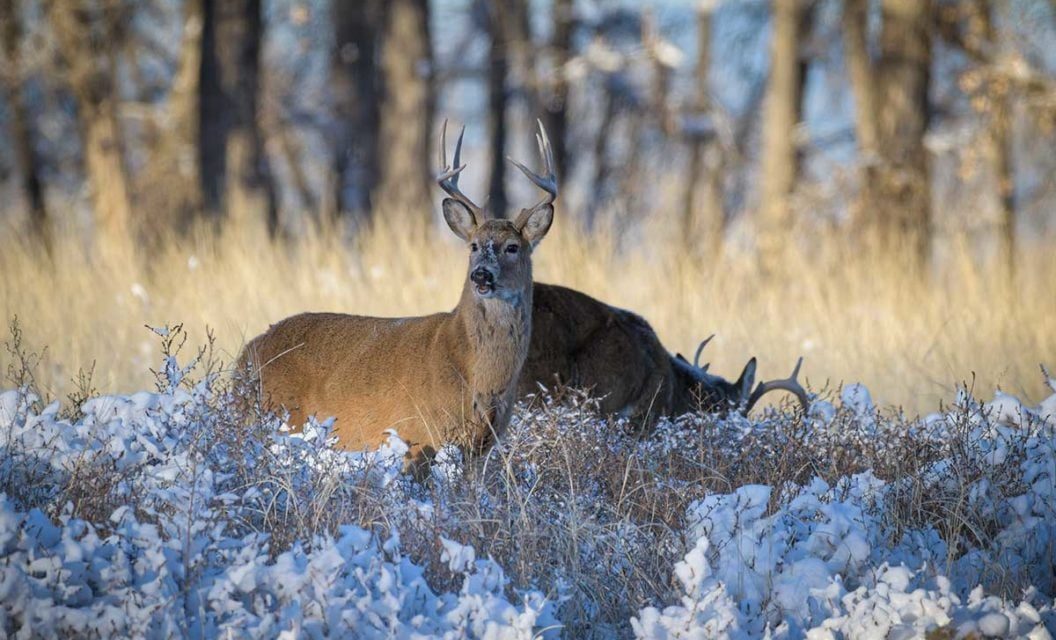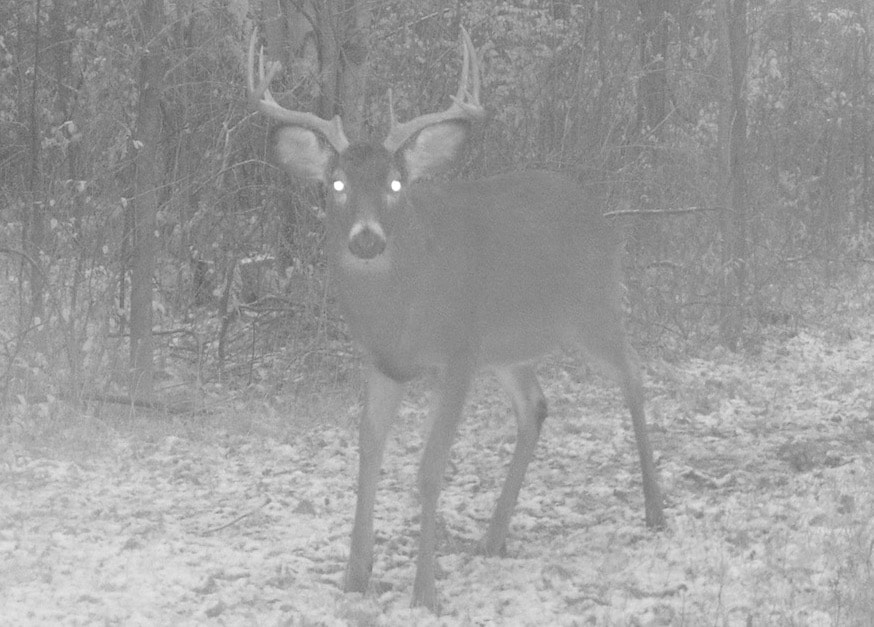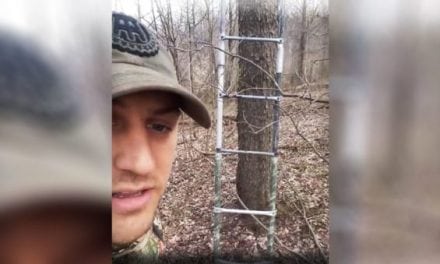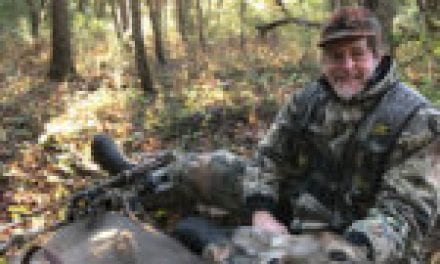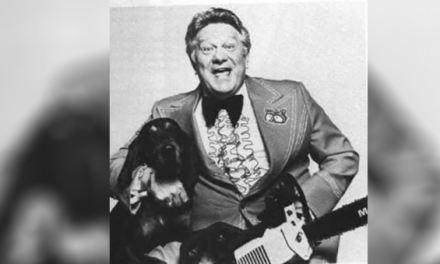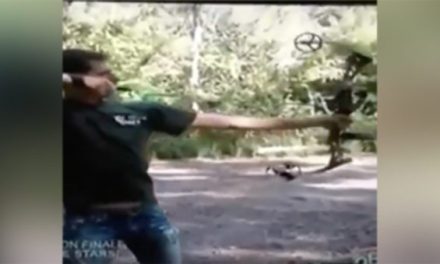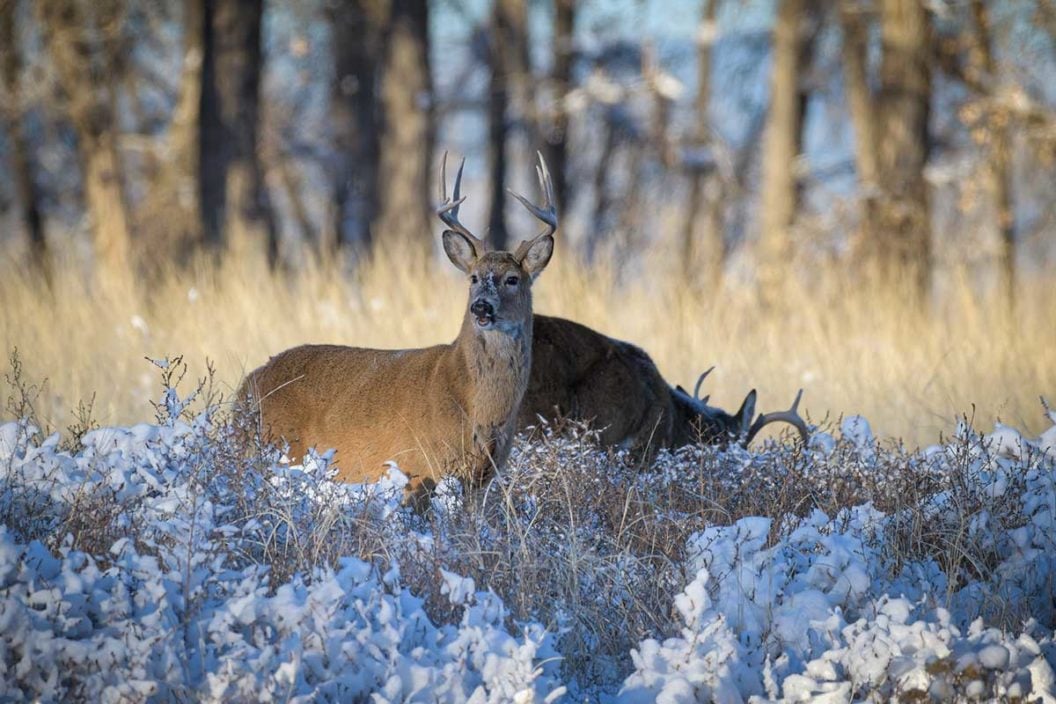
You may or may not have heard, but the whitetail deer is one of the hardiest game animals out there, and it doesn’t let a little snow stop it. Deer hunting in the snow–especially in the heavy snow–can be a great way to be successful whether the white stuff is currently falling or is already on the ground. Deer not only stand out much better in snow, but following their movements can be easier than ever. During heavy snowfall, deer will attempt to take cover out of the wind and snow in thickets, under the pines, and on the lee side of ridges and other slopes. This is the starting point of knowledge when figuring out just how to target them in this most difficult of winter conditions. There are multiple types of snow–such as powdery, wet snow, and the dreaded crunchy snow–but any type can be both a well-desired thing and a detriment to deer hunting. Here’s how to avoid the pitfalls and capitalize on the advantages of hunting deer in the snow.
Finding Deer
In heavy snow, deer will choose from several options depending on temperature and wind. Softer snow gives deer a better chance of easy movement, even if it is deep; but when you have a foot or more of snow on the ground, it’s difficult for any wild animal to get around. When this is the case, deer–especially bucks–will look for those sunny hillsides, particularly when they face the south. The other most-likely place to find them is in and around the cover of conifer trees, where they can wait out both the cold and the depth of snow that makes it difficult for them to move.
The best-case scenario is when you have areas where they can move from bedding areas to food sources, especially food plots or open agricultural areas such as cut corn or other desired crops. It is essential to hunt these areas with the wind in your face to keep deer from busting you, since they are so keenly tuned in to their surroundings when the weather gets harsh.
Still Hunting
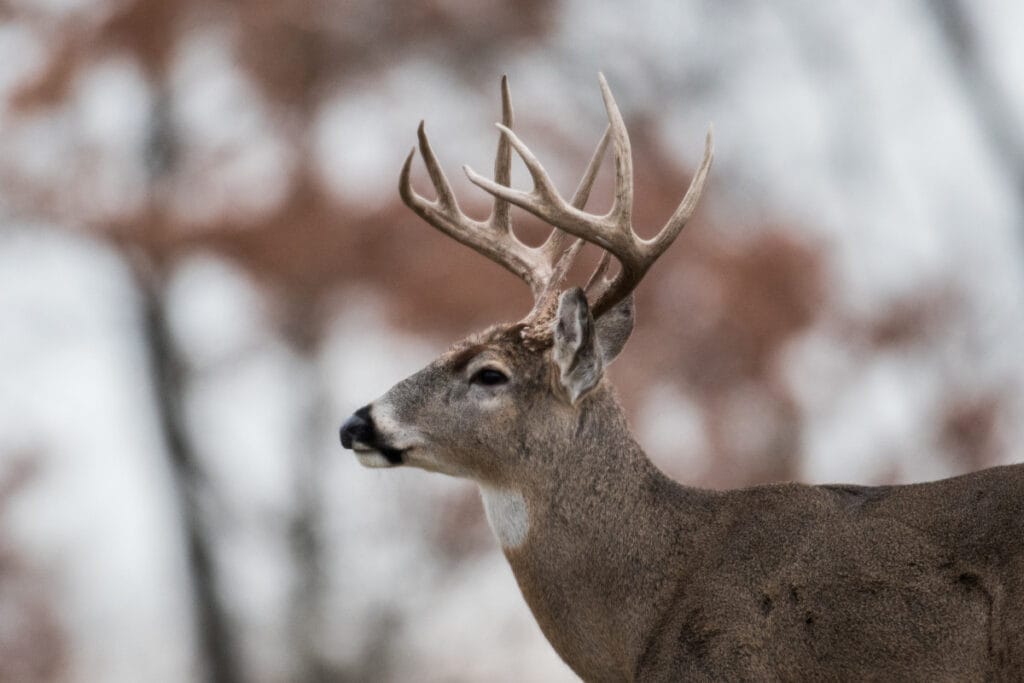
For whitetail deer hunters, still hunting can mean an incredible amount of energy exertion when they are forced to move through heavy, deep snow. I’ve used snowshoes to traverse deep snow, but that takes a whole other set of skills to avoid any safety issues. Find footwear that suits you well, keeps you warm, and most importantly, allows you to move through snow.
Speaking of feet, finding deer tracks in freshly fallen snow is quite easy, but then you will need to discern how fresh they are. Even paths that cross and seem to go every direction are fairly simple to follow, as deer will still try to stick to their usual paths. When you get on a fresh track, follow it slowly and cautiously, since deer are constantly on the lookout for anything following them.
This is a great thing to do on windier days when deer normally don’t like to move much. One great technique I’ve used to perfection over the years is to work these tracks with a partner, with one hunter 75 yards ahead of the other, and at least 50 yards to one side, since deer–especially bucks–like to squirt out on right angles and circle around behind what they feel is following them. It’s a good way for the following hunter to tag out, but there are serious safety implications to this technique. Make sure you know where each other is, and never take a shot in the direction of the other hunter.
Obviously, snow can greatly assist in blood tracking after the shot, another benefit you’ll be able to cash in on should you connect.
Sitting In Deep Snow
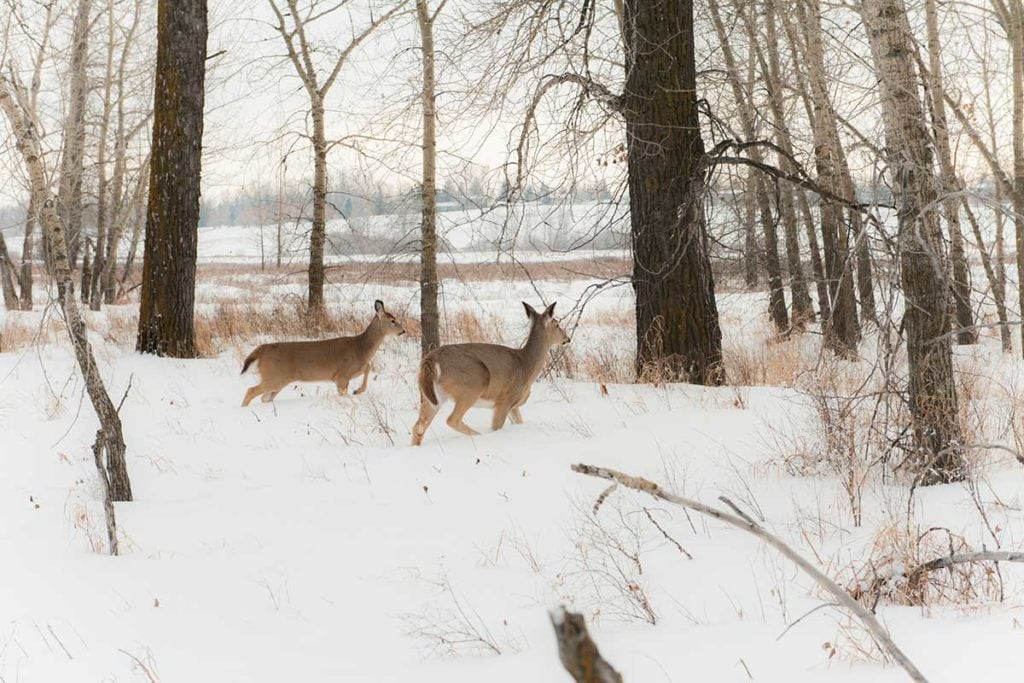
In northern states, deer will travel to feeding and bedding areas through hardwood swamps, and often cross over frozen water since it can be easier for them to walk across. I can remember sitting in my treestand back in 2019 after a lot of snow was already on the ground and watching tons of deer move from one point to another in the same direction in what seemed like a hours-long parade.
The deer I saw that day had come in to dig for buried acorns in the oak trees around my stand, and since it had been a mast year, there was plenty to go around. This location was also on the way from an open field the deer were using at night, and just past it was a deep thicket that was perfect for bedding. One thing I learned from hunting that spot for many years was that the does would come in the area together, but the bucks would always appear from the side with their noses in the prevailing wind. They were always extra cautious, especially the more mature bucks.
The Deer Drive
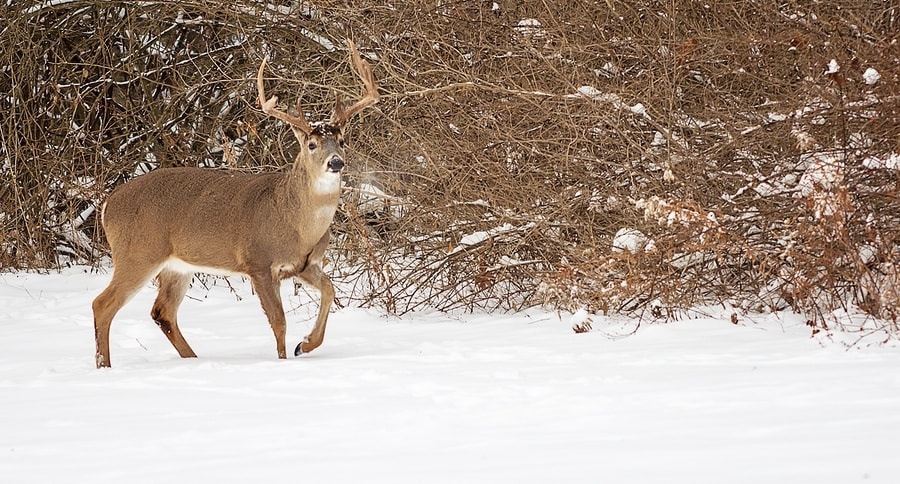
The ethical implications of a deer drive in the snow are justified. Trying to live under these circumstances is already an extremely taxing predicament for deer. They lose body heat and weight due to harsh winter conditions, and the added stress of hunting pressure can do damage to their survival odds. But the fact is that moving deer with a drive has filled more tags and freezers than any other method. One of the best parts of the deer drive is that your group can use a deer’s best survival skill–their sense of smell–against them. Whether you are walking into the wind or with it shouldn’t matter since you want the deer to move, but it is paramount that you have hunters pre-positioned to ambush deer once they begin to move away from the drivers. Hope for tracks that stay in a single file, but if you start to see prints that are 10 or more feet apart, that means the deer are starting to bound away from you, and your sitters need to be ready. One great method is to have hunters on the outside edges of the drive to counter any attempts to beat you at a right angle to your walk.
You will need to know that your drivers are in good condition and that you are using the right gear. Avoid boots that can be filled with snow, and make sure to wear clothing that will let you wick away the sweat you’ll be working up. Walk slowly and take short steps to keep from overworking your body. Let the wind and your sound work for you.
There’s no reason to sleep in and skip a day of hunting just because there’s snow in the forecast. Use these pointers and your determination, and you could be brushing the snow off the hide of the big buck you just tagged.
Please check out my book “The Hunter’s Way” from HarperCollins. Be sure to follow my webpage, or on Facebook and YouTube.
READ MORE: HUNTING PRESSURED DEER: TIPS FROM A SEASONED PRO
The post Tips for Deer Hunting in Heavy Snow appeared first on Wide Open Spaces.

